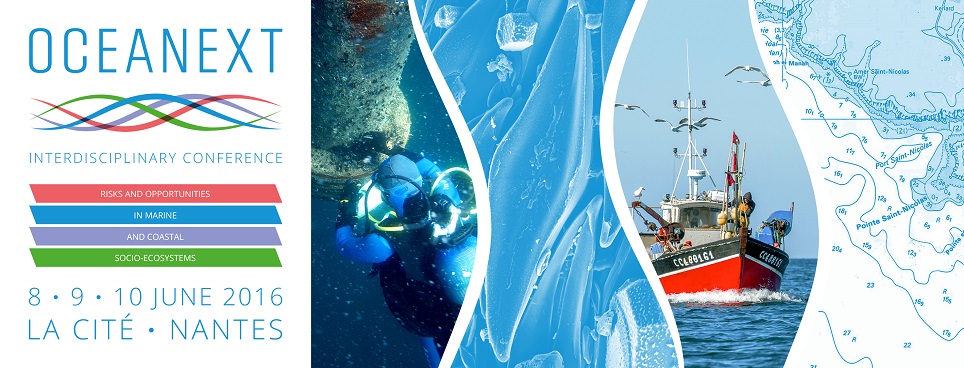Insights into population dynamics of harmful algal blooms (HABs) on a species level are crucial for effective mitigation of adverse effects on human health, marine ecosystems and socio-economic resources. Knowledge of habitat preferences, species assemblages, cell behaviour and toxigenesis, as related to physico-chemical parameters, is thereby necessary to interpreting environmental scenarios leading to bloom formation and decay. Modelling and prediction are expected to derive from comparative studies of algal assemblages in similar or divergent ecosystems – the approach of the GEOHAB project on HABs in Fjords and Coastal Embayments. Accordingly, the main objectives in the present study were to reveal harmful algal proliferation dynamics in two Ebro Delta embayments in a comparative approach, and to determine if agricultural freshwater inflow creates microniches favouring their development. Two major stratification patterns were revealed during seasonal weekly cruises in Alfacs and Fangar bays, whereby HAB species were heterogeneously abundant over depth and time, with profound changes within weeks. Nevertheless, in both embayments there was clear temporal relationship between species abundance and water stratification. Under this scenario, Dinophysis spp. were assigned to stratified regimes, whereas Karlodinium spp. corresponded to lower stratification. Karlodinium spp. were associated with moderate salinity and increasing temperature in both embayments. The potentially toxigenic diatom Pseudo-nitzschia was heavily represented in Fangar Bay regardless of regimes. Association of species types with favoured habitat regimes is worthwhile for HAB surveillance in the Ebro Delta, and interpretation from long-term datasets may be transferable for development of habitat models for other regions.

 PDF version
PDF version
